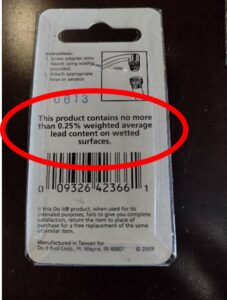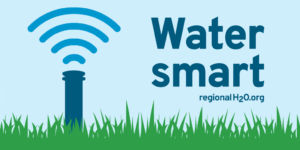Reducing Lead in Your Drinking Water
If you do have lead-containing plumbing components, there are some simple things you can do to reduce the lead in your drinking water.
- Run your water for 30 seconds to 2 minutes before using it for drinking or cooking. This is important if water has not run for several hours. The time it takes will vary for each home. It will be about the same time it takes the water to turn colder in summertime.
- Use cold, fresh water for cooking and preparing baby formula. Do not use water from the hot tap for cooking or drinking. Lead dissolves more in hot water.
- DO NOT boil water to remove lead. Boiling your water does not remove lead.
- Consider using a filter. Below are resources to help you decide on the right filter for your home. Be sure to follow the manufacturer's instructions to make sure the device functions correctly.
- NSF International (https://info.nsf.org/certified/dwtu/)
- Water Quality Association (https://wqa.org/find-products/)
- CSA International (https://www.csagroup.org/testing-certification/product-areas/plumbing/water-quality-and-health-effects/)
- Consider buying low-lead fixtures. As of January 1, 2014 all pipes, fittings, and fixtures sold contain less than 0.25% lead. When buying new fixtures, consumers should seek those with the lowest lead content. Visit NSF International to learn more about lead content in plumbing fixtures.
- Regularly clean your faucet aerator. Particles containing lead from solder or household plumbing can collect in your faucet aerator. You will reduce your exposure to lead by cleaning them every few months.

Where can I get more information or ask questions?
If you have general questions about lead in drinking water, call 503-722-9241 to speak with our Water Quality Department.
Further information on lead in drinking water, testing methods, and steps you can take to minimize exposures is available from the Safe Drinking Water Hotline (1-800-426-4791) or at http://www.epa.gov/safewater/lead.





